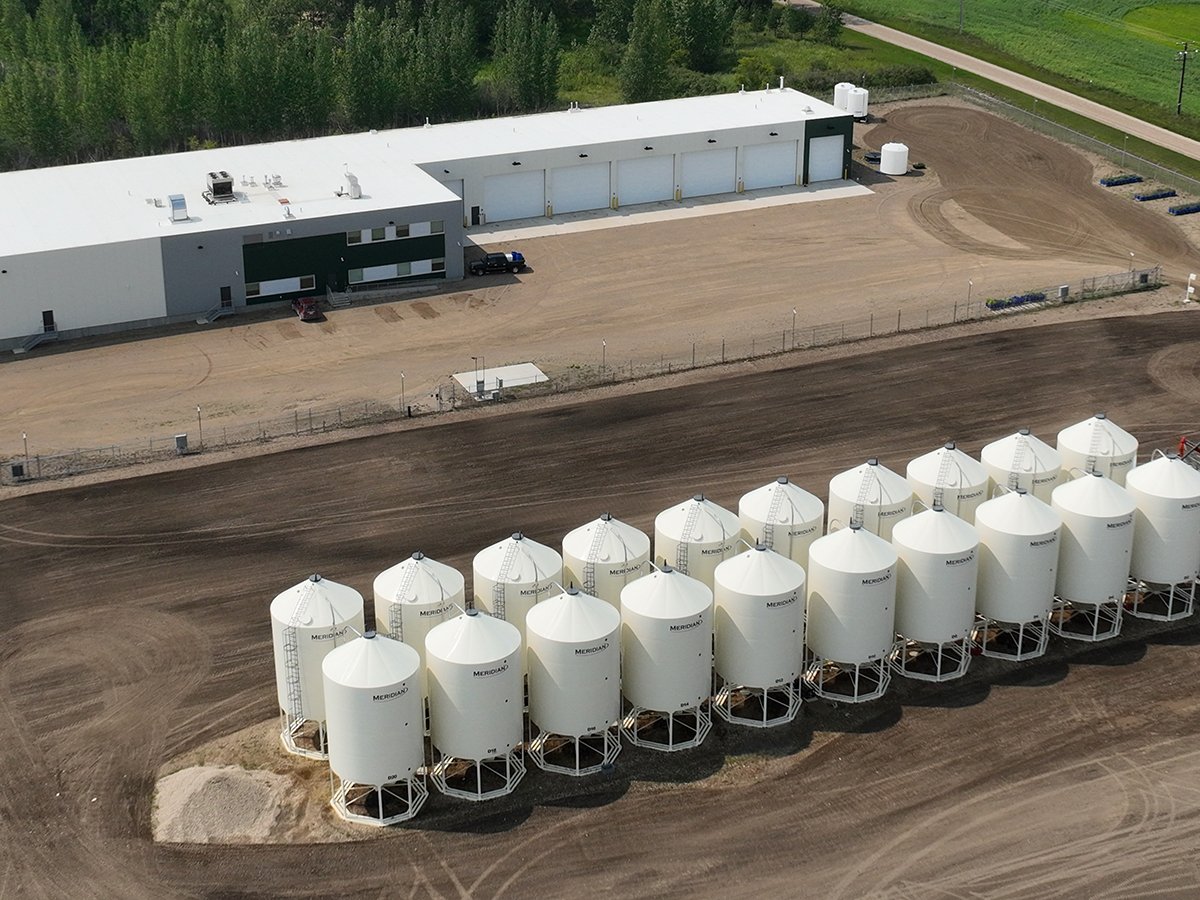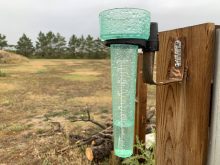Agrisoma Biosciences, a Canadian company that plans to supply the renewable fuels industry with carinata oil, didn’t offer production contracts to farmers in Western Canada, North Dakota or Montana this year.
The company, based in Gatineau, Que., is shipping carinata to customers in Europe, but the product is coming from farms in the southern United States.
“In 2016, we currently don’t have any commercial contracts in the region (Western Canada and the northern Plains) because we’re able to service demand … from the southeast,” said president Steven Fabijanski.
Read Also

Saskatchewan firm aims to fix soil with compost pellets
In his business, Humaterra, Leon Pratchler is helping farmers maximize yields in the weakest areas of their fields through the use of a compost pellet.
Agrisoma’s variety of carinata, called Resonance, is a non-food oilseed.
Carinata, which has yellow flowers similar to canola, has high oil content and has been touted as a potential fuel source for airplanes.
A representative of the Northern Canola Growers Association, which represents farmers in North Dakota, said in mid-May that Agrisoma cancelled production contracts with producers in the state. He said Agrisoma lost a deal with a major buyer of carinata, so it abandoned the contracts.
Fabijanski said the rumour is false. Agrisoma met with prospective growers of carinata in the Dakotas, Montana and the Canadian Prairies but only to gauge farmer interest.
“Looking at what people would (expect) in terms of pricing and contracting,” he said.
“We actually didn’t offer any contracts.”
Agrisoma will ship a small volume of carinata to European buyers to satisfy demand for an emerging market in the biofuel sector. The industry is starting to use more sustainable sources of feedstock and new methods of manufacturing biofuel.
“The traditional first generation biodiesel market, which is serviced by rapeseed and canola, is flat…. The replacements for that is this stuff called HVO, or hydrotreated vegetable oil,” Fabijanski said.
“Carinata is an excellent fit on the feedstock side for this second generation HVO process.”
However, production of the next generation of biofuel is moving ahead slowly because the industry lacks the necessary capital.
“Investment in the sector has slowed … with the change in oil (prices),” Fabijanski said. “There’s not as much money going into the bigger capital projects.”
Nonetheless, Agrisoma is working with two biofuel companies in Europe, and Fabijanski said they will need more carinata in a year or two.
“They’re just getting their capacity up and running.”
In the meantime, Agrisoma is developing relationships with farmers in the southeastern U.S., Brazil and Uruguay.
Fabijanski also wants western Canadian farmers to grow carinata, but the biofuel sector isn’t ready for a substantial quantity of the oilseed this year.
“We are committed to getting volumes going … in the southern Prairies. We just want to make sure that (production) is matched with the right volume of demand,” he said. “It’s taken time for the industry to be aligned, but it is now proceeding towards larger and larger scale. Carinata from the northern region will be part of that growth.”
What is hydrotreated vegetable oil?
Hydrotreated vegetable oil made headlines in mid-May when news broke that the biofuel was used to power generators at the Eurovision Song Contest in Stockholm.
As well, Volvo announced in April that it approves the use of HVO in all of its diesel engines.
HVO can be produced from vegetable oil, or animal fat. The HVO process uses hydrogen instead of methanol as a catalyst
to produce fuel. The main product of the process is synthetic diesel, but the HVO method can also produce jet fuel.
Manufacturers of HVO say the product is superior to conventional biodiesel because it contains no oxygen, performs well in cold weather and has no limits on how much can be blended into fossil diesel.
Neste Oil, a Finnish company, is a dominant player in the HVO industry. It has the capacity to produce 1.6 million tonnes of HVO fuel. Other players in Europe produce 400,000 tonnes. European firms have announced investments in expansions or new facilities that will increase production capacity by 1.77
million tonnes, a growth rate of 88.5 percent, over the next three years.
Sources: Greenea, Neste Oil and staff research
















